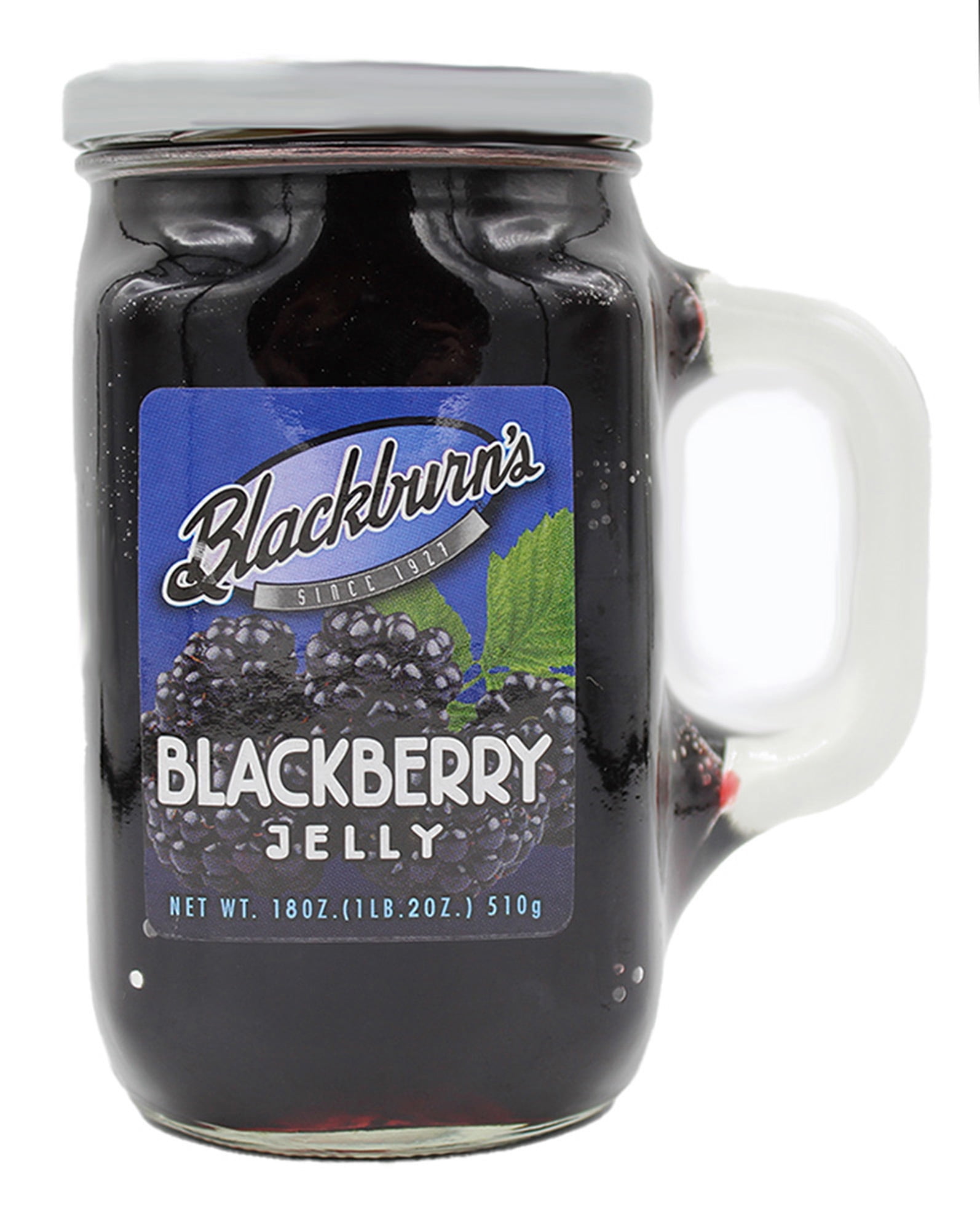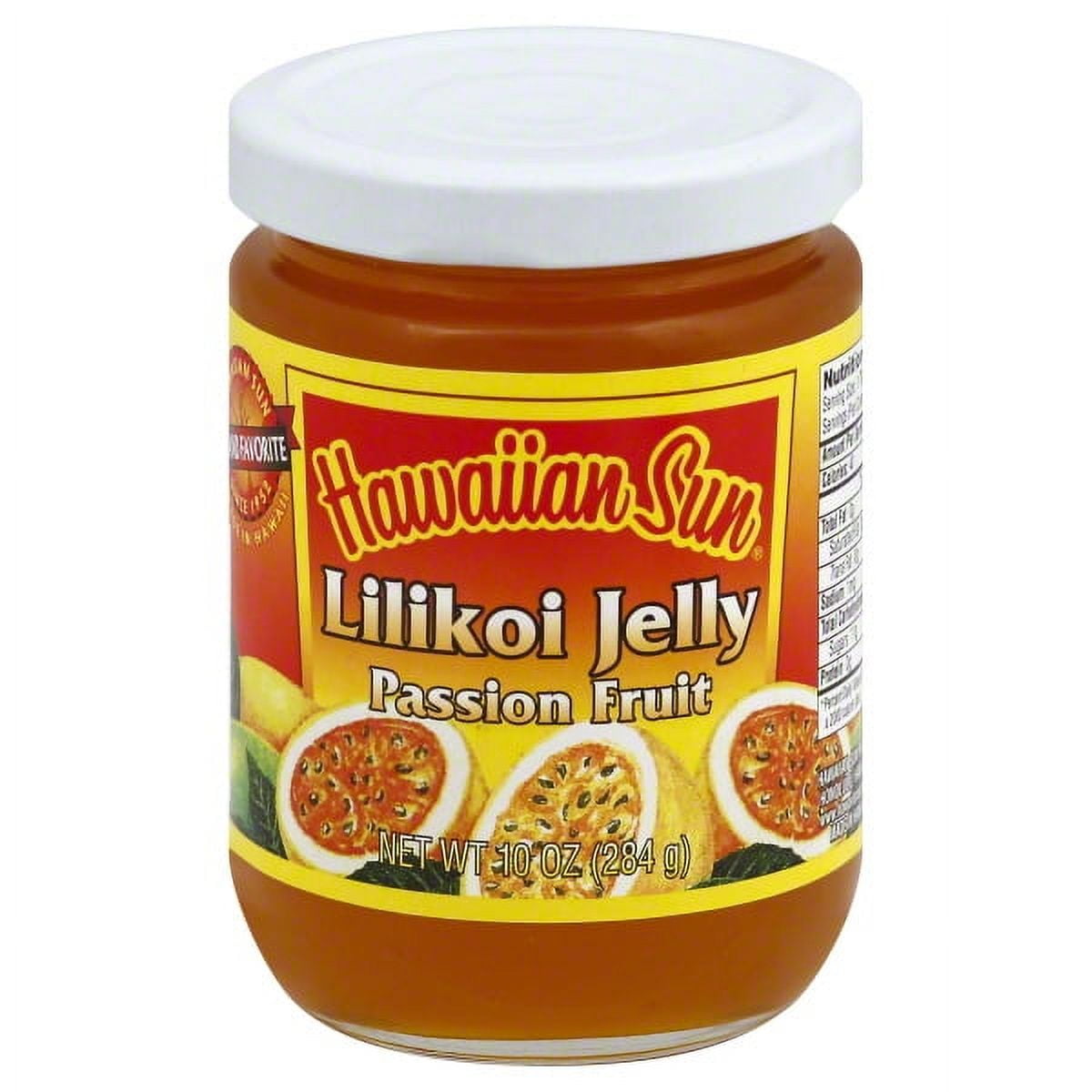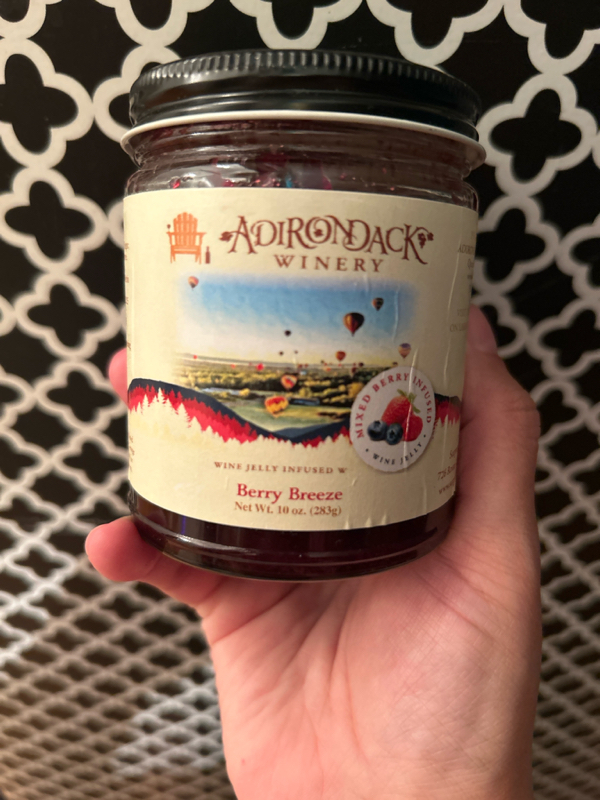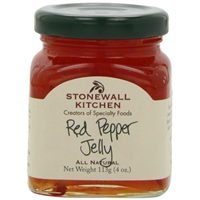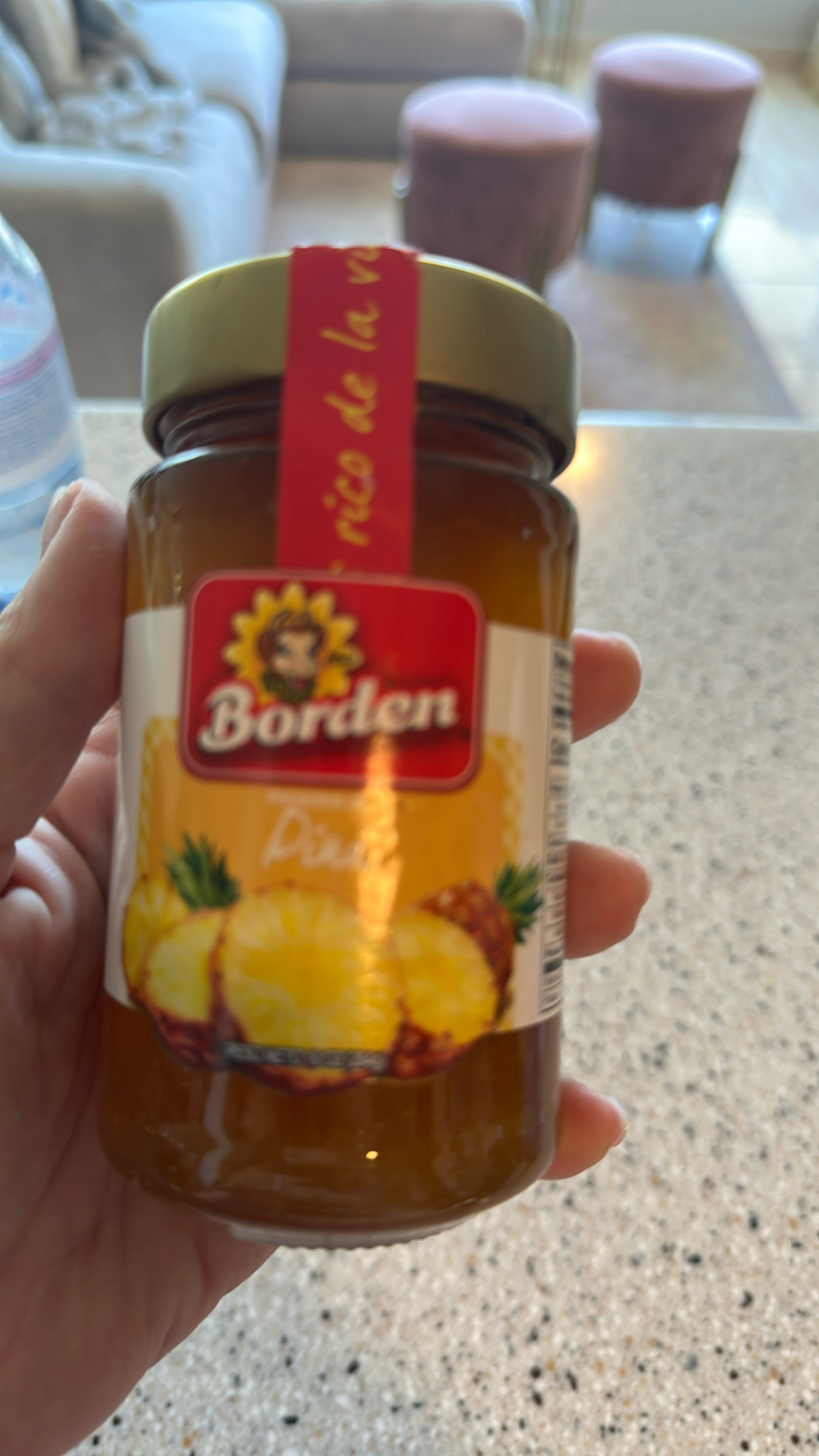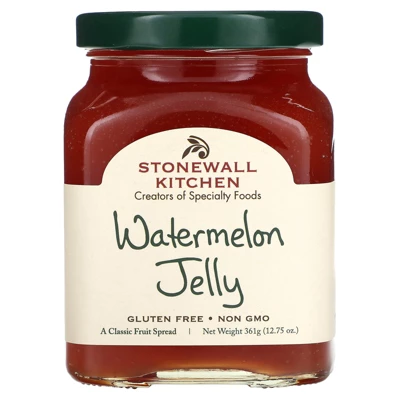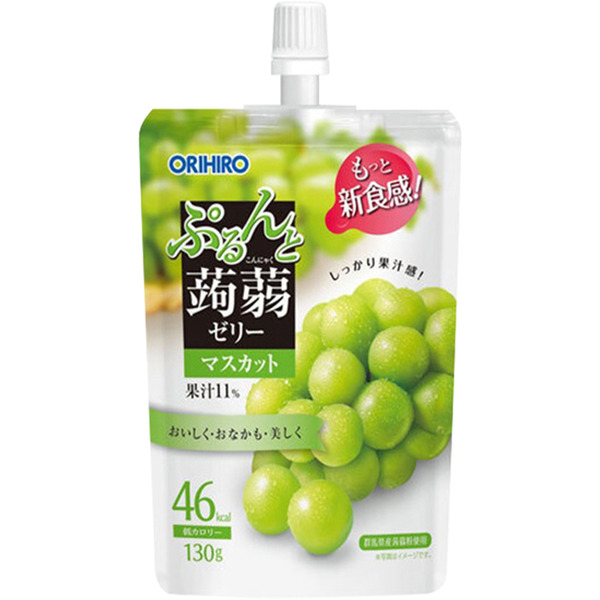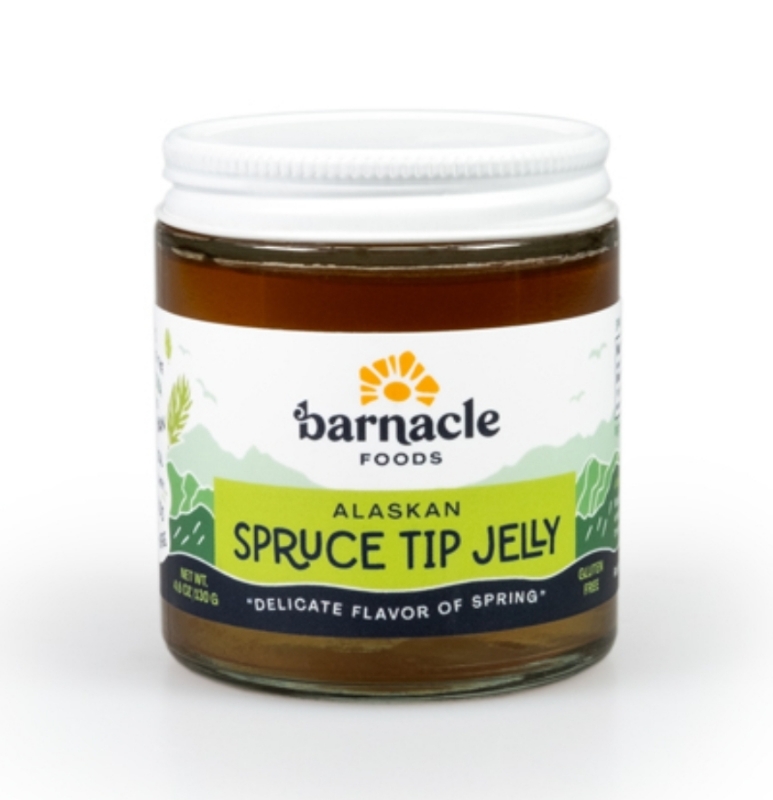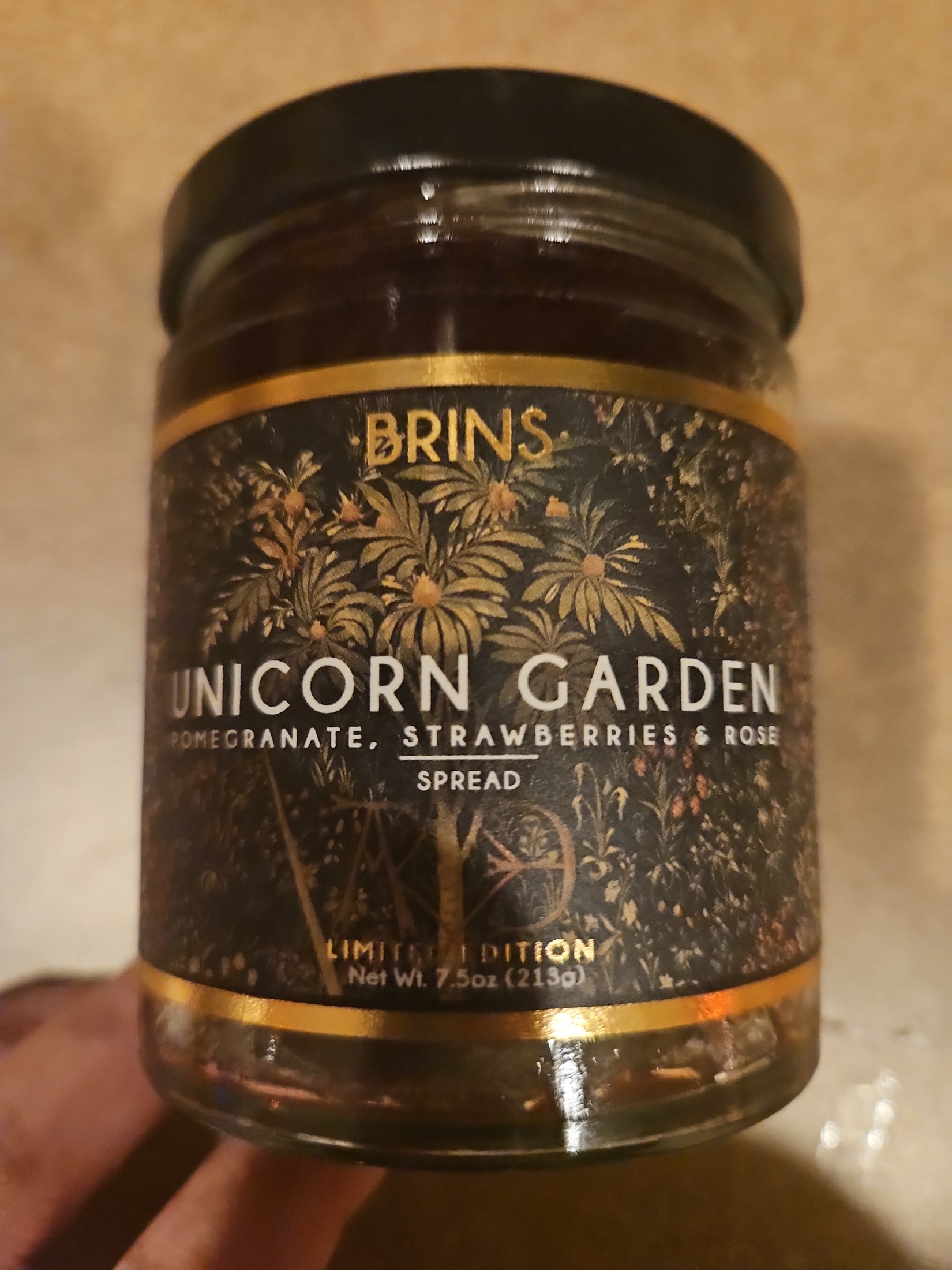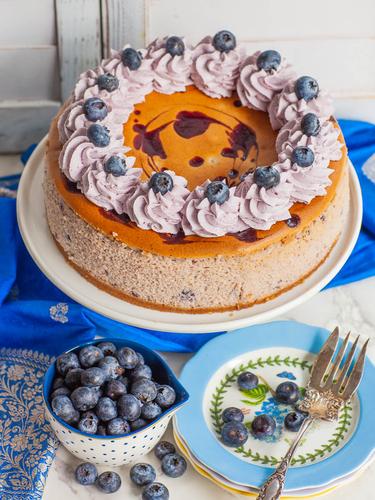CONDIMENTS AND SAUCES
Jelly
Jelly is a sweet, gelatinous spread typically made from fruit juice, sugar, and pectin, a gelling agent derived from plants. It is a popular condiment for use on bread, toast, and other baked goods, as well as an ingredient for desserts and pastries. The clear, bright appearance and smooth texture of jelly distinguish it from jam, which contains crushed or puréed fruit.
Jelly can be made from a wide variety of fruits such as grapes, apples, and berries, resulting in a diverse range of flavors and colors. Store-bought jelly usually comes in glass jars or plastic containers, and homemade jelly can be prepared and canned at home for long-term storage.
100%
CARBS
0%
FAT
0%
PROTEIN
1,518 Jelly Products
Blackburn'S, Jelly, Blackberry, Blackberry
Hawaiian Sun Products Hawaiian Sun Jelly
Grandma Gg's Pepper Jelly
Wine Jelly (Berry Breeze)
Stonewall Kitchen Red Pepper Jelly, 4 Ounce (Pack Of 8)
Piña Jalea
Stonewall Kitchen Watermelon Jelly
Orihiro Muscat Flavor Konjac Jelly Drink
Alaskan Spruce Tip Jelly
Unicorn Garden jelly
1 Recipe for Jelly
Used In 5 Recipes
Jelly Is Frequently Used With
Jelly FAQ
Cooking with jelly is pretty straightforward, yet people do have several common questions and a lot of them end up making mistakes that could easily be avoided. One of the prime mistakes is in the selection of jelly. People often confuse jelly with jam or preserve, but they are not the same. Jelly is made from fruit juice and hence is clear and bright, whereas jam contains crushed fruit and seeds.
If you're looking to get the most out of your jelly, consider using it not just as a spread for baked goods, but as a glaze for meats or a filling for pastries and cakes. A sweet and savoury mix can surprise and delight the palate.
A little-known trick when using jelly is to slightly warm it before spreading. This makes it easier to spread evenly, especially on soft and delicate items like pastries.
Also, many people might not be aware that it's quite easy to make your own jelly at home. This way, you can control the sweetness and also try out different flavor combinations.
Can jelly be used as a substitute for jam?
Can I use jelly as a glaze for meats?
What's the difference between jelly and jam?
Can I use jelly in baking?
Why is my jelly too runny or too firm?
What kinds of fruit can I use to make jelly?
Can I eat jelly if I'm on a diet?
How do I make homemade jelly?
Why is my homemade jelly not setting?
Can I use jelly instead of syrup?
Expiration & Storage Tips
When does jelly expire?
Unopened, store-bought jelly can typically last about 1 to 2 years past the printed date if stored properly. Once opened, the jelly should be used within 6 months to 1 year if refrigerated. Homemade jelly can last nearly as long when stored in a sealed, sterilized container and refrigerated after opening, but for exact timing always refer to the recipe. Freezing jelly is not commonly done and may affect the texture of the jelly, making it less appealing.
How do you tell if jelly is bad?
If you notice any kind of mold or fuzzy spots in any color on the surface or edge of the jelly, it's time to discard the whole jar. An unusual smell, typically sour or rotten, is another signal that the jelly may have spoiled. The texture can also change when jelly goes bad, it may become overly watery or conversely, too thick and clumpy.
Tips for storing jelly to extend shelf life
• Always store unopened jelly in a cool, dark place like a pantry.
• After opening the jar, store it in the refrigerator and ensure that the lid is tightly closed after each use.
• Always use clean utensils to scoop out the jelly to avoid introducing bacteria into the jar.
• Homemade jelly should be canned properly in sterilized jars and kept in a cool, dark place until opened, then refrigerated. Avoid canning homemade jelly in large quantities unless you're sure it will be used within a year.
EXPIRES WITHIN
7 - 11
MONTHS
Equivalents
Substitutes

Apricot Preserves

Cherry Preserves

Fig Preserves
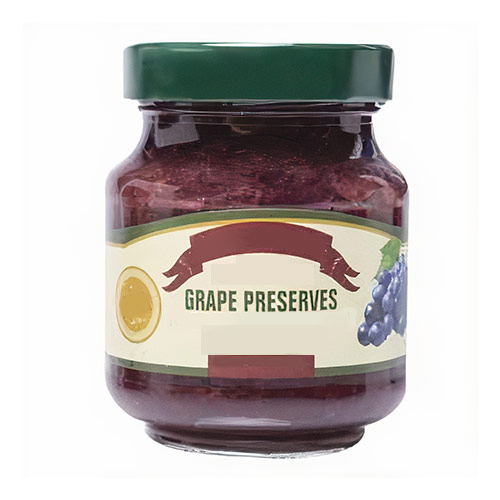
Grape Preserves

Peach Preserves

Raspberry Preserves
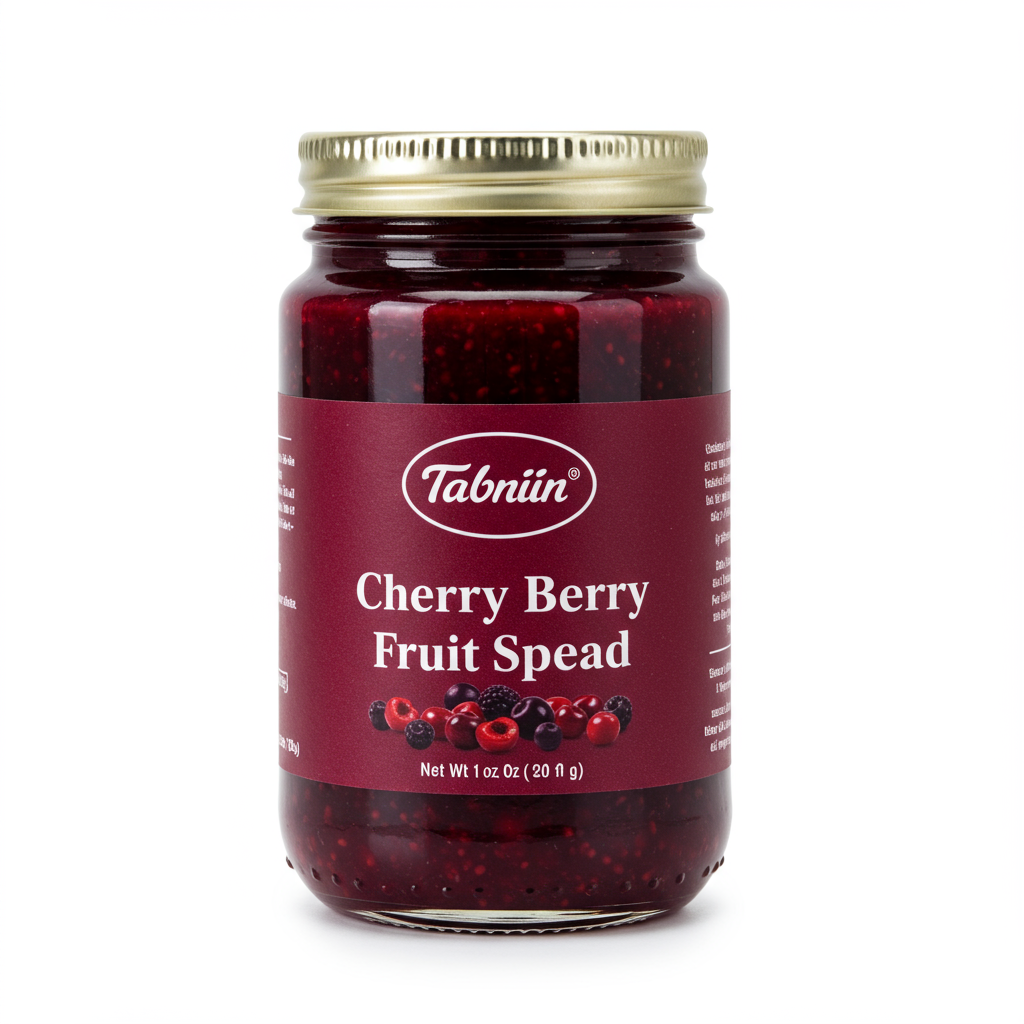
Cherry Berry Fruit Spread

Cherry Fruit Spread

Currant Fruit Spread

Grape Fruit Spread
See All
Health Info
Macros
9g
CARBS
0g
FAT
0g
PROTEIN
Allowed on these diets
LOW FAT
HIGH CALCIUM
VEGETARIAN
VEGAN
LACTOSE FREE
GLUTEN FREE

